

|
|
|


|
|
1/10 Scale Electric Rally/Touring Car:
Yokomo YR-4 II SP - Radio Controlled ModelHistory and Info:
Introduced by Team Yokomo circa 1997, the 4WD YR4-2 Special, also known as the YR4-2 SP Touring Car, is belt driven, on a carbon fiber double deck chassis, with adjustable flex, ball differentials, one way or fixed drive, coil spring over oil filled dampers, universal joint drive-shafts and a full set of ball bearings.
▼ Scroll Down for More Images ▼
|








|
|
|

★ Yokomo YR4-2 Special ★
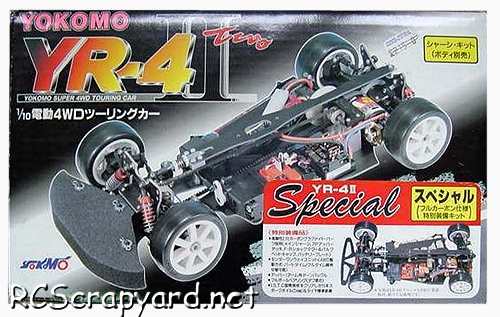
★ Yokomo YR4-2 Special Chassis ★
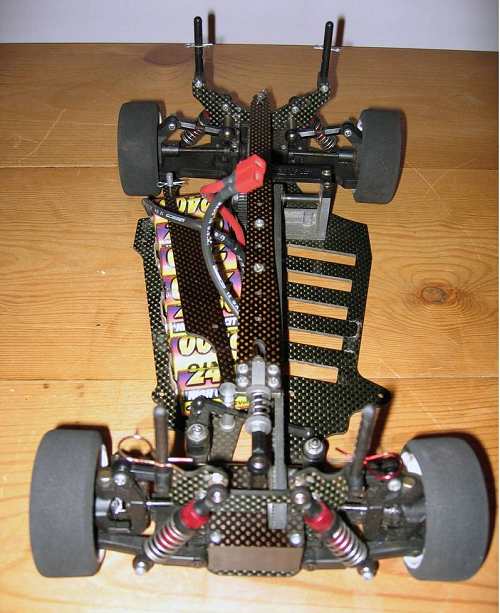
★ Yokomo YR4-2 Special Chassis ★
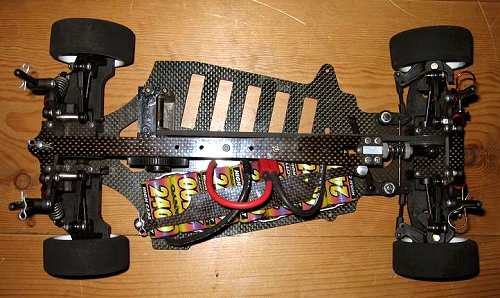
★ Yokomo YR4-2 Special Chassis ★
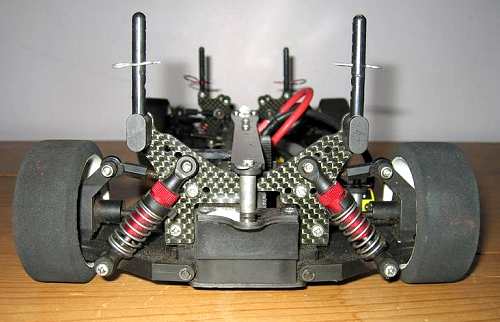
★ Yokomo YR4-2 Special Chassis ★
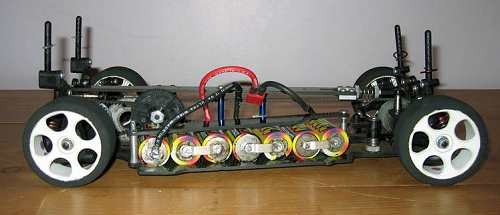
|
Buying a Used Yokomo YR-4 II SP
|
|
Manufacturers and Brands Catalogued, Listed and Reviewed by RC-Scrapyard.
At present, the RC Model Manufacturers, Brands and Distributors covered by us are: ABC Hobby, Academy, Acme Racing, Agama Racing, Amewi, Ansmann Racing, ARRMA, Team Associated, Atomic RC, Axial, AYK, Bolink, BSD Racing, Capricorn, Carisma, Carson, Caster Racing, Cen, Corally, Custom Works, Durango, Duratrax, ECX - Electrix, Exceed RC, FG Modellsport, FS-Racing, FTX, Fujimi, Gmade, GS-Racing, Harm, HBX, Helion, Heng Long, Himoto Racing, Hirobo, Hitari, Hobao, Hong-Nor, Hot Bodies, HPI, HSP, Intech, Integy, Jamara, JQ Products, Kawada, Kyosho, Losi, LRP, Maisto, Mardave, Marui, Maverick, MCD Racing, Megatech, Mugen, New Bright, Nichimo, Nikko, Nkok, Ofna, Pro-Pulse, Protech, PTI, RC4WD, Redcat Racing, RJ-Speed, Robitronic, Schumacher, Seben, Serpent, Smartech, Sportwerks, Step-Up, Tamiya, Team-C Racing, Team Magic, Thunder Tiger, Tomy, Top Racing, Traxxas, Trinity, Tyco, Vaterra RC, Venom, VRX Racing, WLToys, X-Factory, Xmods, Xpress, Xray, XTM, Yankee RC, Yokomo, ZD Racing and Zipzaps. |
|
Hints, Tips and Information
Keeping Notes
If all you will ever do is go racing at your local track every week, then this article is not for you. However, if you ever look towards travelling around to different tracks around the country, or even the world, the value of keeping notes is all too obvious.
|
|
Hints, Tips and Information
Bodyshell Aerodynamics
It is commonly understood that weight improves traction, and if you have ever seen TV coverage of any kind of full size motor racing, you will have heard the comentators talking about, aerodynamics, downforce and ground effect. Well, even though they are only a fraction of the size and weight, these terms also relate to small scale model racing cars. |
|
RC Models:
|
Radio & Motors: |
Other
Accessories: |